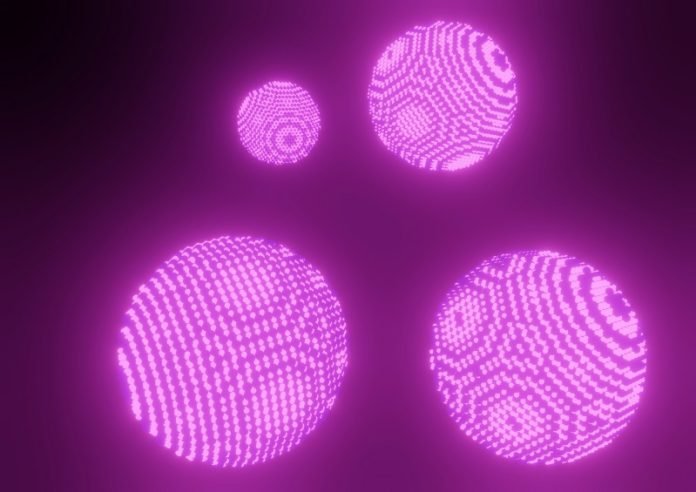
In a groundbreaking experiment, scientists have watched tiny particles join forces to create new, super-tiny structures that could one day power your gadgets, light up your home, or even store energy for the grid.
This exciting work comes from teams at the University of Pennsylvania and the University of Michigan.
What they’ve managed to see is something like a microscopic dance, where particles much smaller than the width of a human hair come together to form a new kind of material.
Imagine you have two kinds of lego blocks, each with its special features—one glows in the dark, and the other is magnetic.
Now, think about combining them to create a lego castle that glows and has magnetic walls.
That’s similar to what the scientists are doing, but on a much smaller scale and with particles that have their own unique superpowers, like glowing under a light or conducting electricity.
The scientists have been mixing these tiny particles in a liquid, a bit like oil and vinegar in salad dressing, and then drying them out.
As the liquid evaporates, the particles get closer and eventually stick together, forming a neat arrangement called a “superlattice.”
Until now, watching these superlattices form was as hard as trying to see a hummingbird flap its wings. They move too fast!
But with the help of a powerful X-ray machine at the National Synchrotron Light Source II, the researchers could see the process unfold in real time.
They figured out a way to make the assembly go slow-motion by mixing the particles in oil, then floating that oil in water.
This method is much slower than letting the air dry out the liquid. It’s like watching that hummingbird in slow motion, letting the scientists see every wingbeat.
By watching this process, they were no longer guessing how their tiny particles came together. They saw that the particles stick together because they are attracted to each other, just like magnets, but on a much tinier scale.
The University of Michigan team took this new sight and used computers to make a model, which is like a set of instructions or a recipe that explains how and why the particles form these superlattices.
With this model, they can predict how to make new structures just by changing things like the size of the particles or the environment they’re in.
The researchers learned that it doesn’t really matter what the droplets are sitting on or what the particles are made of; the way the particles stick together is the main thing that decides how the superlattice will look.
By tweaking things like the size of the particles, how much electric charge they have, or what they’re made of, the scientists can control how these new materials come together. This means they could make new kinds of superlattices that could change colors with a magnet, conduct electricity better, or store more energy.
This discovery is like finding a new kind of glue that can work on a variety of surfaces. The possibilities are as vast as the imagination can stretch, which could mean more efficient electronics, brighter and more colorful displays, or even new ways to store clean energy.
The study was a peek into a tiny world that has big potential for the future, and the findings have been shared in the journal Nature Synthesis. Keep your eyes peeled—this nano-sized discovery could lead to some giant leaps for technology!
Follow us on Twitter for more articles about this topic.



